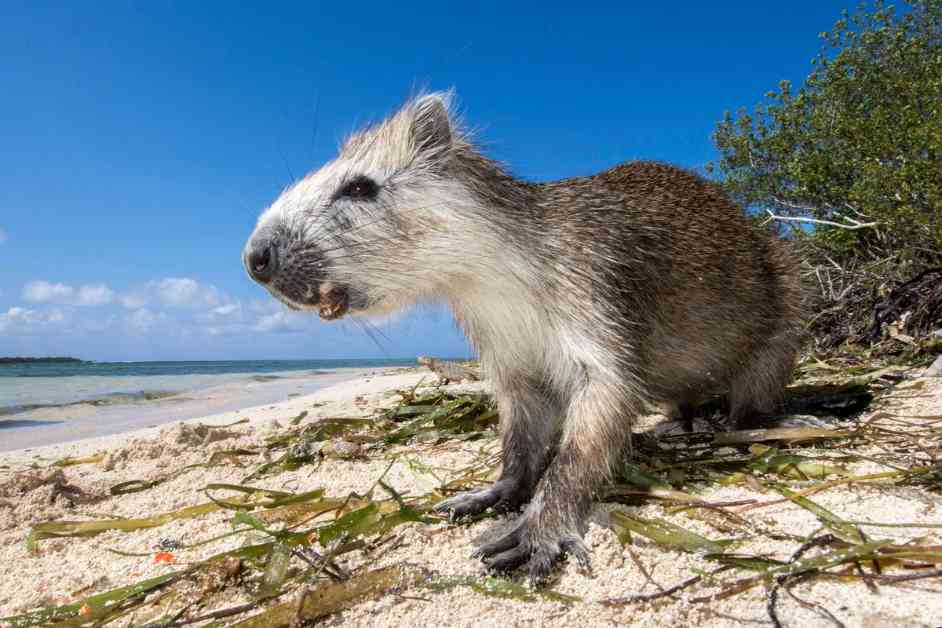Living on an island can bring about a slower pace of life, not only for humans but also for animals. Recent research published in Science Advances highlights how warm-blooded island species have evolved a slower metabolic rate compared to their mainland counterparts. While this adaptation may provide survival advantages in resource-scarce environments, it also puts these species at a higher risk of extinction when faced with environmental changes or invasive species.
Island syndrome, the phenomenon where island-bound species exhibit physiological, ecological, and behavioral differences compared to mainland species, has long been studied by scientists. However, this new study, led by Ying Xiong and Roberto Rozzi, offers a more comprehensive analysis of metabolic rates in warm-blooded and cold-blooded island species.
The research team compiled data on 2,118 warm-blooded species, including 193 from islands, and 695 cold-blooded species, including 38 from islands. Their analysis revealed that warm-blooded island species, such as birds and mammals, tend to have a lower metabolic rate compared to their mainland counterparts. This metabolic trait was found to be correlated with an increased risk of extinction, as indicated by conservation status listings from the International Union for Conservation of Nature (IUCN) Red List.
In resource-limited island environments where major predators are scarce, a lower metabolic rate can be advantageous as it requires less energy expenditure on a daily basis. Island species with slower metabolic rates reproduce at a slower pace, live longer, and have a decreased need for resources. However, this metabolic advantage can become a disadvantage when faced with disturbances or changes in their habitat.
Human activities, such as hunting, habitat alteration, and the introduction of invasive species, have significantly impacted island ecosystems. For island mammals and birds, a lower metabolic rate, combined with other island syndrome characteristics like gigantism and flightlessness, can predispose species to extinction when exposed to these threats.
While the findings of this study shed light on the relationship between metabolic rate and extinction risk in island species, it is essential to interpret the results with caution due to the limitations of the IUCN Red List data. Further research and conservation efforts are needed to protect vulnerable island species and preserve the unique biodiversity found in these environments.






